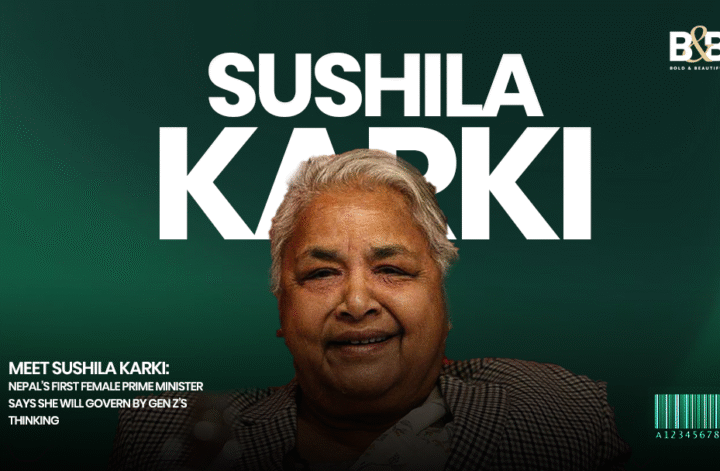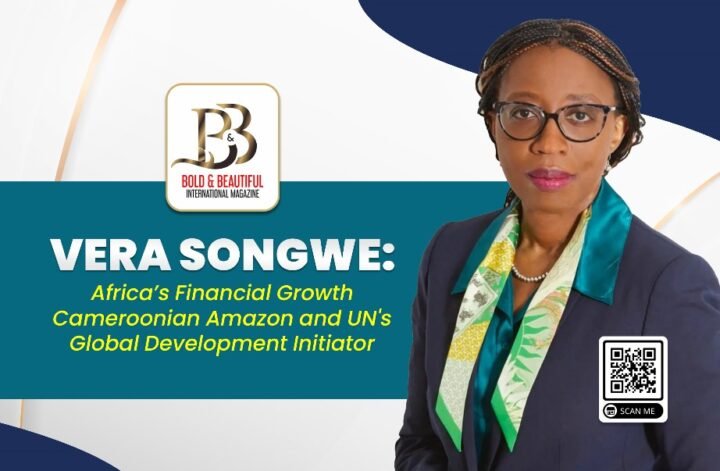Sushila Karki was sworn in as Nepal’s interim prime minister on 12 September 2025, becoming the country’s first woman to hold the office. Her appointment followed a week of mass youth protests that forced the resignation of Prime Minister K.P. Sharma Oli and dissolved parliament.
The protests that swept Kathmandu were organised and amplified by a digitally native movement commonly called Gen Z. What began as opposition to a social media ban quickly turned into a broader revolt over corruption, unemployment and the slow pace of reform. The unrest left government buildings and public infrastructure damaged and prompted calls for a clean interim administration.
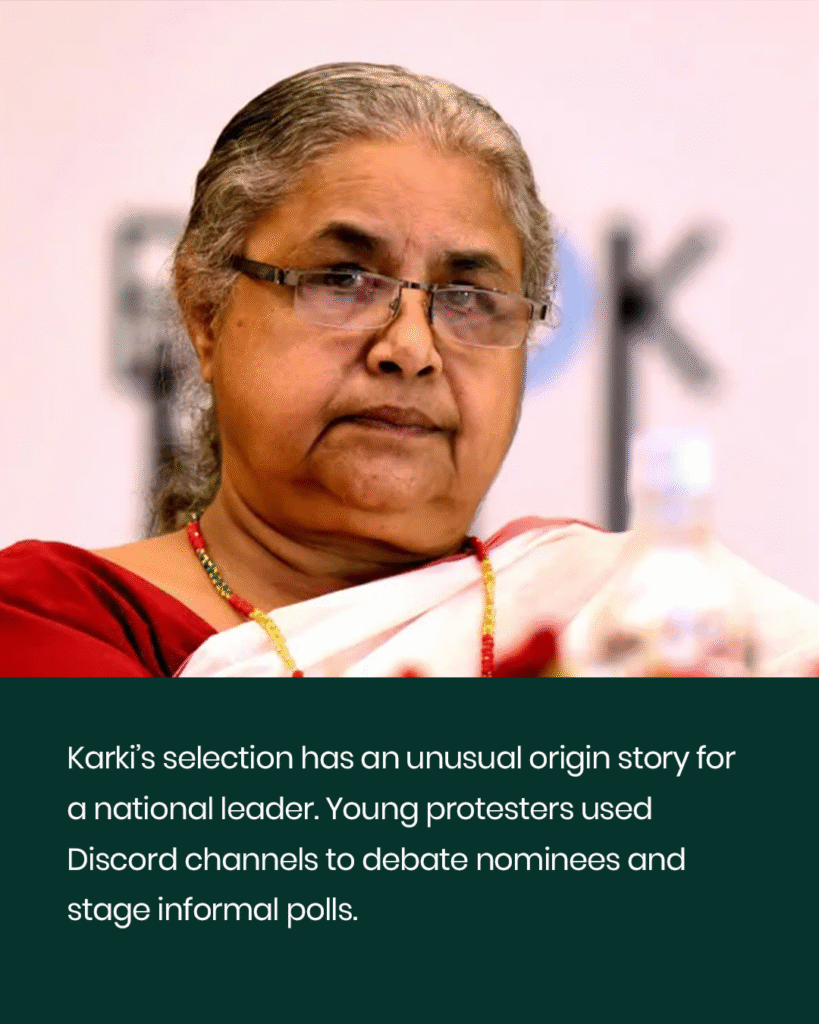
Karki’s selection has an unusual origin story for a national leader. Young protesters used Discord channels to debate nominees and stage informal polls. The online process narrowed contenders and surfaced names that would not normally emerge through party corridors. Those discussions fed into talks between protest leaders, the army and state officials that ended with Karki’s nomination.
Karki arrives in the role with a reputation forged in robes rather than in rallies. She is a former chief justice of Nepal’s Supreme Court and the first woman to hold that judicial office. Her time on the bench gave her a public profile as a strict anti-corruption jurist and a figure associated with institutional discipline.
In her first public remarks as prime minister she addressed the youth movement directly. “We have to work according to the thinking of the Gen Z generation,” she said, framing her mandate around the protesters’ demands for an end to graft, better governance and greater economic fairness. She also made clear her government’s limited timeframe, saying she would serve as a caretaker ahead of elections scheduled for 5 March 2026.
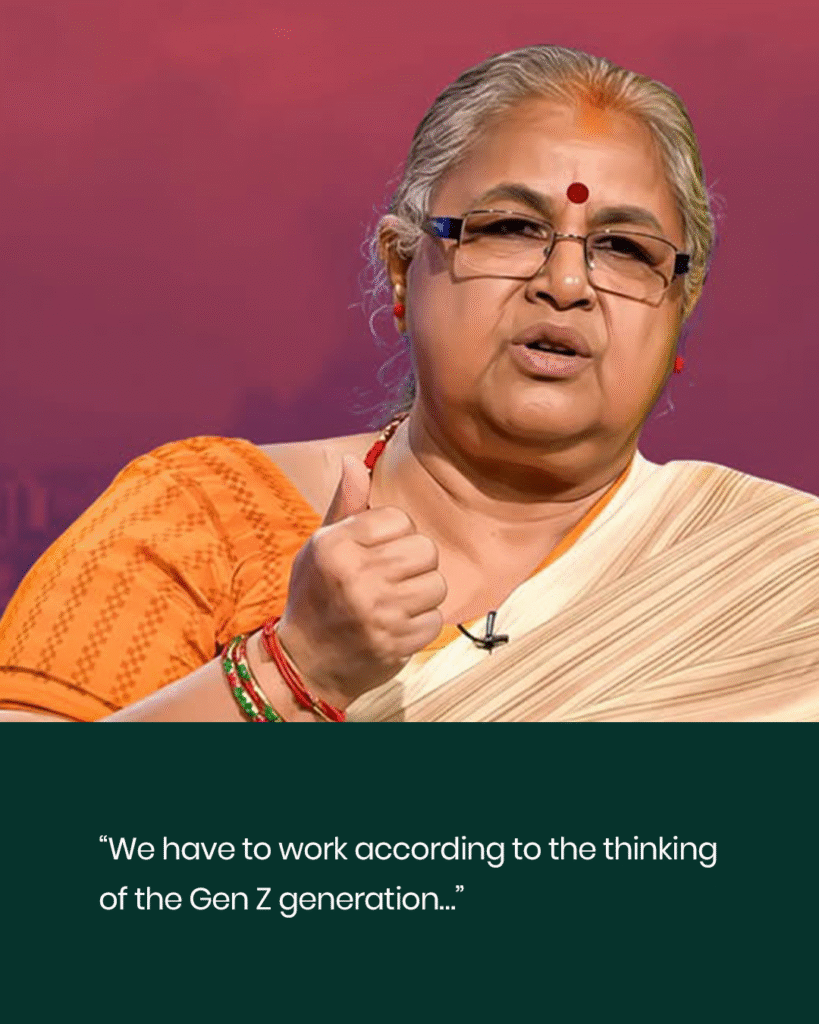
That promise narrows both the opportunity and the risk. A six-month mandate gives Karki the authority to respond quickly on specific items, such as forming investigative panels and launching anti-corruption initiatives. It does not give her licence to reshape party politics or to deliver long-term economic recovery without cooperation from the political class and from international partners.
Her first policy moves signalled where the immediate focus will lie. The interim cabinet has announced the creation of inquiry panels to probe the recent violence and proposals to fast-track transparency measures in government procurement. Those steps aim to reassure a public that demanded accountability before it would accept new leadership.
Karki’s appointment also crystallises a generational and institutional test. Young Nepalis have shown they can convene, decide and pressure the corridors of power using platforms that did not exist a decade ago. The army’s decision to engage with protest organisers and present an interim candidate chosen in part by online consensus is an experiment in new legitimacy. Whether it endures depends on delivery.
Political resistance is already visible. Established parties and some senior politicians have pushed back against the idea of an interim cabinet selected outside traditional processes. They warn that a hurried transition could deepen instability if elections are delayed or if institutional reforms are superficial. Karki must navigate those fault lines while keeping the protesters engaged and international partners reassured.
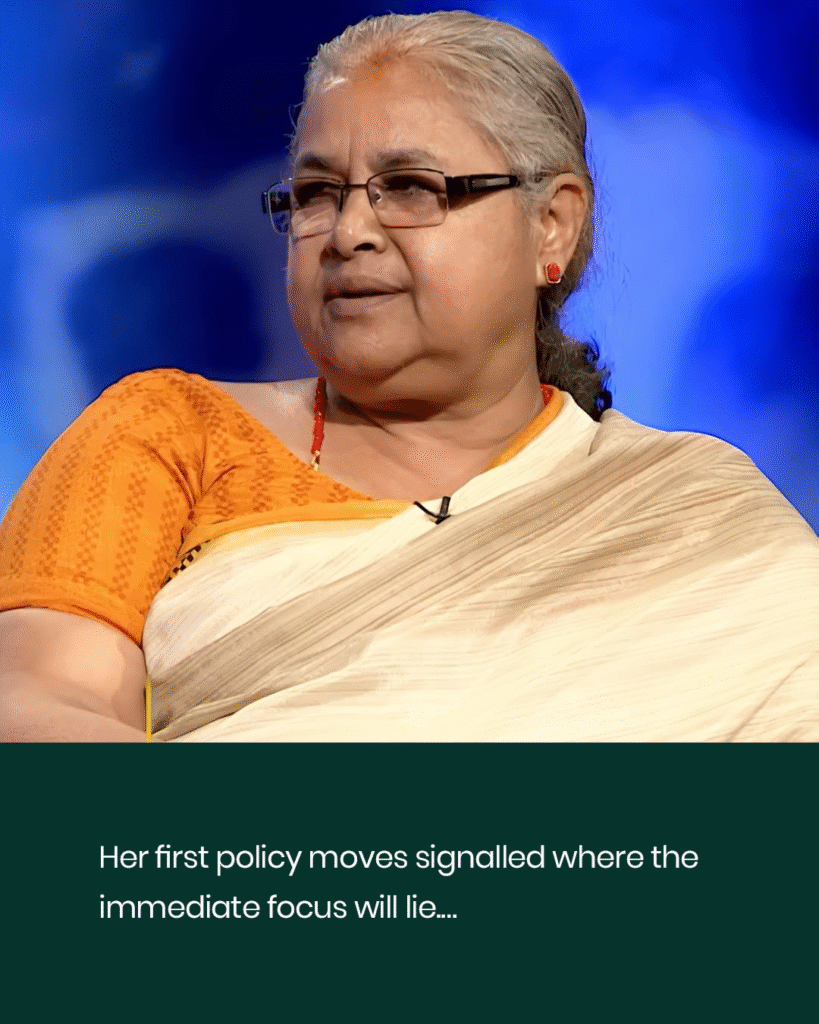
The economic backdrop compounds the difficulty. Nepal’s economy has been strained by declining tourism and investment, and youth unemployment has been a persistent grievance. The protesters’ demands map onto these structural weaknesses. Short-term measures can buy time, but sustainable change requires policy clarity, fiscal room and donor confidence.
Karki’s personal profile cuts both ways. Her judicial record gives her credibility in the anti-corruption fight. Her age, 73, and her institutional background also place her at a distance from the young activists who propelled her. That distance may be useful for brokering deals, but it will also force her to translate digital energy into concrete, fast-moving reforms that Gen Z can see and measure.
For Nepal’s politics the immediate horizon is clear: hold credible elections, investigate the violence and show progress on corruption and jobs. For the wider world the episode clarifies a new reality in democratic movements. Digital-first organising can knock down governments and place unconventional leaders into office. The test will be whether those leaders can turn online legitimacy into offline governance.
Sushila Karki’s premiership is a short, high-stakes experiment. She has promised to govern by the standards of the generation that brought her to power. Her success will depend on speed, transparency and the political will of rivals to cede space for reform. For now, Nepal watches to see whether a country shaped by traditional hierarchies can be steered by a leader chosen in part by the youngest voters and by a platform designed for gamers.

